10 Powerful Dynamic Warm-Up Exercises for Injury-Free Workouts 💪
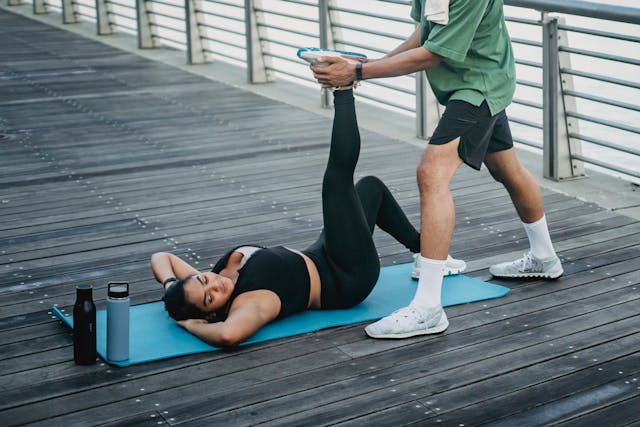
Before you dive into an intense workout, do you take a few minutes to prepare your body? If your answer is no, then you might be putting yourself at risk of injuries. A proper warm-up is the secret weapon for safe and effective training. In this guide, we’ll explore Dynamic Warm-Up Exercises that will not only protect you from injuries but also boost your overall performance. ✅
🔥 Why Dynamic Warm-Up is a Game-Changer
Dynamic warm-ups involve moving your muscles and joints through a full range of motion, gradually increasing your heart rate and blood flow. Unlike static stretching, dynamic moves keep your body active and ready for explosive action. These exercises improve flexibility, mobility, and coordination—essential for peak performance.
💡 Benefits of Dynamic Warm-Up Exercises
- ✔ Improves blood circulation and oxygen flow
- ✔ Increases muscle temperature for better elasticity
- ✔ Enhances joint mobility and flexibility
- ✔ Reduces risk of injuries during workouts
- ✔ Boosts strength, balance, and performance
Read more: Mastering Functional Training for Ultimate Real-Life Strength
🏋️♂️ 10 Best Dynamic Warm-Up Exercises for Injury Prevention
Before starting any workout, preparing your body is crucial to avoid injuries and improve performance. These Dynamic Warm-Up Exercises are designed to activate major muscle groups, increase blood flow, and improve flexibility. By incorporating them into your routine, you will enhance mobility and prevent unnecessary strain. The goal is to gradually raise your heart rate and prepare your joints for more intense movements. Let’s explore the top 10 exercises that can make your warm-up routine more effective and safe.
1. Arm Circles 🌀
Start by making small circles with your arms, then gradually increase the size. Do 10 circles forward and 10 backward. This helps activate your shoulders and upper body muscles. Adding Arm Circles to your Dynamic Warm-Up Exercises routine improves shoulder mobility and prevents stiffness during pressing movements.
2. Leg Swings 👟
Swing one leg forward and backward in a controlled motion while holding onto a wall for support. Repeat 10-15 swings on each leg. Great for loosening up your hips and hamstrings. Incorporating Leg Swings before a workout enhances hip flexibility, which is essential for squats, lunges, and running.
3. High Knees 🏃♂️
Run in place while bringing your knees up towards your chest as high as possible. Perform this for 30 seconds to get your heart rate up. High Knees also improve your cardiovascular endurance and core strength, making them a key part of Dynamic Warm-Up Exercises.
4. Walking Lunges 🚶♀️
Take a big step forward and lower your hips until both knees are at 90-degree angles. Alternate legs as you move forward. This builds strength and mobility in your lower body. Walking Lunges engage your glutes, hamstrings, and quads while enhancing balance and stability.
5. Hip Circles 🔄
Stand with feet shoulder-width apart and rotate your hips in a big circular motion. Do 10 rotations clockwise and 10 counterclockwise to open up your hip joints. Hip Circles are great for reducing tension and improving pelvic mobility for dynamic movements like running or jumping.
6. Jumping Jacks ⭐
A classic exercise that warms up your whole body. Do 20-30 jumping jacks to increase blood circulation and activate multiple muscle groups. This simple yet effective exercise raises your body temperature and prepares your cardiovascular system for high-intensity activity.
7. Inchworms 🐛
Bend at the waist, walk your hands forward into a plank position, then walk them back to standing. This stretches your hamstrings and warms up your core. Inchworms also build upper body strength and engage your shoulders, making them an ideal addition to Dynamic Warm-Up Exercises.
8. Butt Kicks 🍑
Jog in place while kicking your heels up toward your glutes. Perform for 30 seconds to engage your hamstrings and calves. Butt Kicks improve leg speed and coordination, making them excellent for athletes who need explosive power.
9. Shoulder Rolls 🔁
Roll your shoulders forward and backward 10 times each to release tension and improve upper body mobility. Shoulder Rolls are perfect for anyone preparing for weightlifting, as they reduce stiffness and enhance range of motion.
10. Spinal Rotations 🔄
Stand with your feet hip-width apart and rotate your torso gently from side to side. This warms up your spine and improves flexibility. Adding Spinal Rotations to your Dynamic Warm-Up Exercises helps in reducing lower back strain during compound movements like squats and deadlifts.
⏱ How Long Should a Dynamic Warm-Up Last?
A good dynamic warm-up should take around 8-12 minutes. The goal is to gradually increase your body temperature and prepare your muscles for intense work ahead.
Read more: Ultimate Proven Full Body Fitness Routine for a Healthier, Stronger You 💪
⚠ Common Mistakes to Avoid During Warm-Ups
- ❌ Skipping warm-ups entirely
- ❌ Doing static stretches before workouts
- ❌ Rushing through movements without proper form
- ❌ Overdoing it and tiring yourself before the main workout
✅ Sample 10-Minute Dynamic Warm-Up Routine
- Arm Circles – 1 min
- Leg Swings – 1 min
- High Knees – 1 min
- Walking Lunges – 1 min
- Hip Circles – 1 min
- Jumping Jacks – 1 min
- Inchworms – 1 min
- Butt Kicks – 1 min
- Shoulder Rolls – 1 min
- Spinal Rotations – 1 min
⚠ Why Skipping Warm-Ups is a Big Mistake
Many people rush into their workouts without warming up, thinking it’s a waste of time. In reality, skipping Dynamic Warm-Up Exercises can increase your risk of injuries, reduce muscle efficiency, and negatively impact performance. Warm-ups prepare your muscles, joints, and cardiovascular system for the upcoming stress. Without them, you are forcing cold muscles to work under pressure, which can lead to strains and ligament injuries. Taking just 10 minutes for a proper warm-up can save you from weeks of pain and downtime.
🔥 Static vs Dynamic Warm-Up: Which is Better?
Static warm-ups involve holding stretches in one position, while dynamic warm-ups use active movements. Static stretching before a workout can actually reduce power and strength output, making it less ideal for pre-workout routines. On the other hand, Dynamic Warm-Up Exercises increase muscle temperature, enhance flexibility, and activate the nervous system, making them the better option before any physical activity.
⏰ Best Time to Perform Dynamic Warm-Up Exercises
The ideal time to do a dynamic warm-up is right before your workout session. Whether you’re lifting weights, running, or doing yoga, 8-12 minutes of dynamic movements is enough to prepare your body. If you’re training in the morning, a slightly longer warm-up may be necessary as your body is stiffer after sleep.
🏃 Warm-Up for Different Types of Workouts
Not all warm-ups are created equal. For cardio workouts like running, prioritize leg swings, high knees, and butt kicks. For strength training, include inchworms, arm circles, and shoulder rolls. For HIIT, combine jumping jacks and walking lunges to activate multiple muscle groups. Adapting your Dynamic Warm-Up Exercises to your workout type ensures maximum efficiency.
Read more: 🧘♀️ Boost Focus & Relieve Tension: Try This 8-Minute Desk Yoga Stretch Routine Today!
✅ Dynamic Warm-Up for Beginners: Quick Tips
- Start slow and increase intensity gradually.
- Focus on full-body movements rather than isolating one area.
- Spend extra time on tight or stiff muscles.
- Avoid overdoing it—warm-up should energize, not exhaust.
- Always listen to your body and stop if you feel pain.
🏅 How Dynamic Warm-Ups Improve Athletic Performance
Athletes rely on quick reflexes, strong muscles, and optimal flexibility. Dynamic Warm-Up Exercises stimulate your nervous system, improve muscle elasticity, and enhance blood flow—all of which contribute to better speed, strength, and endurance. By preparing your body for the physical demands ahead, you increase performance and reduce fatigue.
❓ FAQs About Dynamic Warm-Up Exercises
1. How long should a dynamic warm-up last?
Generally, 8-12 minutes is enough for most people, but it can be longer for athletes or intense training sessions.
2. Can I do dynamic warm-ups every day?
Yes! They are low-impact and beneficial for overall joint health and mobility.
3. Should I combine dynamic and static stretches?
Yes, but only do static stretches after your workout for better recovery and flexibility improvements.
🏋️ Why Consistency in Dynamic Warm-Up Matters
Doing Dynamic Warm-Up Exercises once in a while is not enough. The real benefit comes from making this a consistent habit before every workout. Just like training your muscles regularly builds strength, warming up consistently improves joint mobility, muscle flexibility, and overall performance. Over time, your body becomes more responsive and less prone to injuries.
Consistency also helps your nervous system adapt to movement patterns faster. This means better coordination and quicker reaction times during exercises. Athletes who never skip their warm-up often notice enhanced power and speed because their bodies are fully prepared for the demands of training. Even for beginners, adding these exercises before each workout session creates a strong foundation for progress.
Read more: 🔥 Home HIIT Workout Plan to Burn Fat Fast & Get Fit Without Equipment!
🔥 Additional Tips for Effective Dynamic Warm-Up
- ✔ Keep movements controlled, avoid rushing through exercises.
- ✔ Gradually increase intensity—start light, then progress.
- ✔ Combine upper and lower body moves for a full-body effect.
- ✔ Adapt your Dynamic Warm-Up Exercises based on your workout (strength, cardio, HIIT).
- ✔ Don’t skip—it’s only 10 minutes but saves you from weeks of recovery!
Making this small change in your routine will transform your training experience. A well-executed warm-up is not just preparation—it’s a performance booster. Remember, investing a few minutes in Dynamic Warm-Up Exercises will pay off in injury prevention, improved mobility, and long-term fitness success. ✅
💭 Final Thoughts
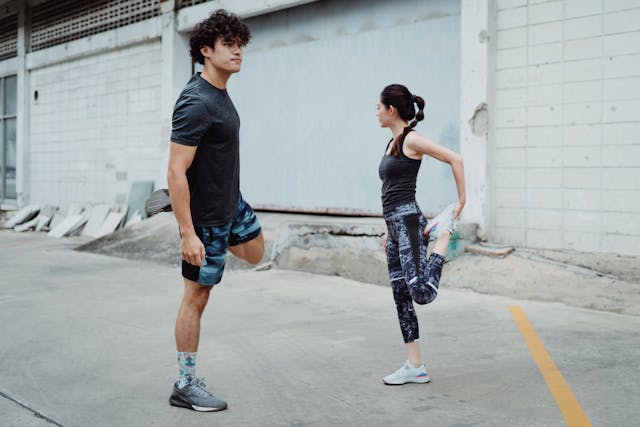
Dynamic warm-up exercises are your best defense against injuries and the key to optimal performance. Whether you’re lifting heavy weights, running, or doing yoga, start every session with a proper warm-up. Remember, a few minutes of preparation can save you from weeks of recovery. So, next time, don’t skip your warm-up—make it a non-negotiable part of your fitness routine! 💪
For more details on warm-up routines, check out this helpful resource:
Healthline – Warm-Up Exercises
Learn more about fitness and injury prevention here:
Verywell Fit – Dynamic Stretches Guide
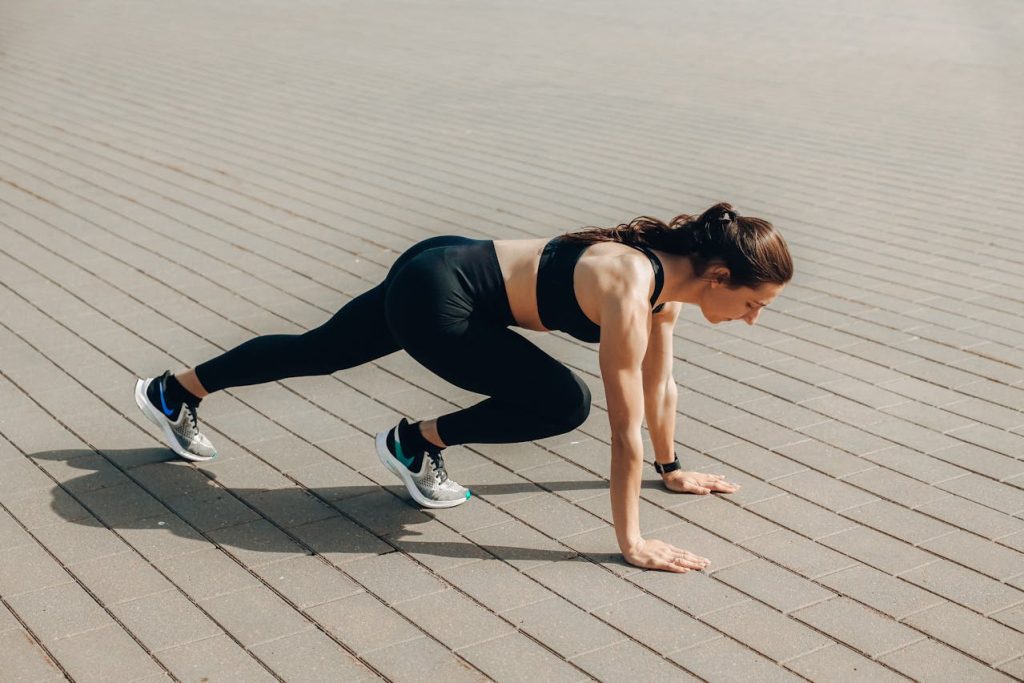
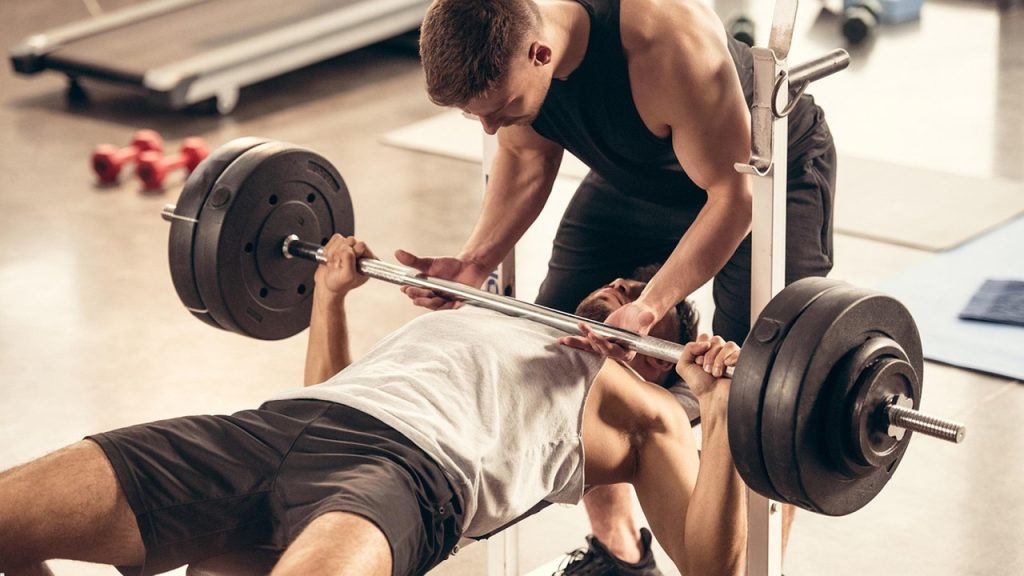
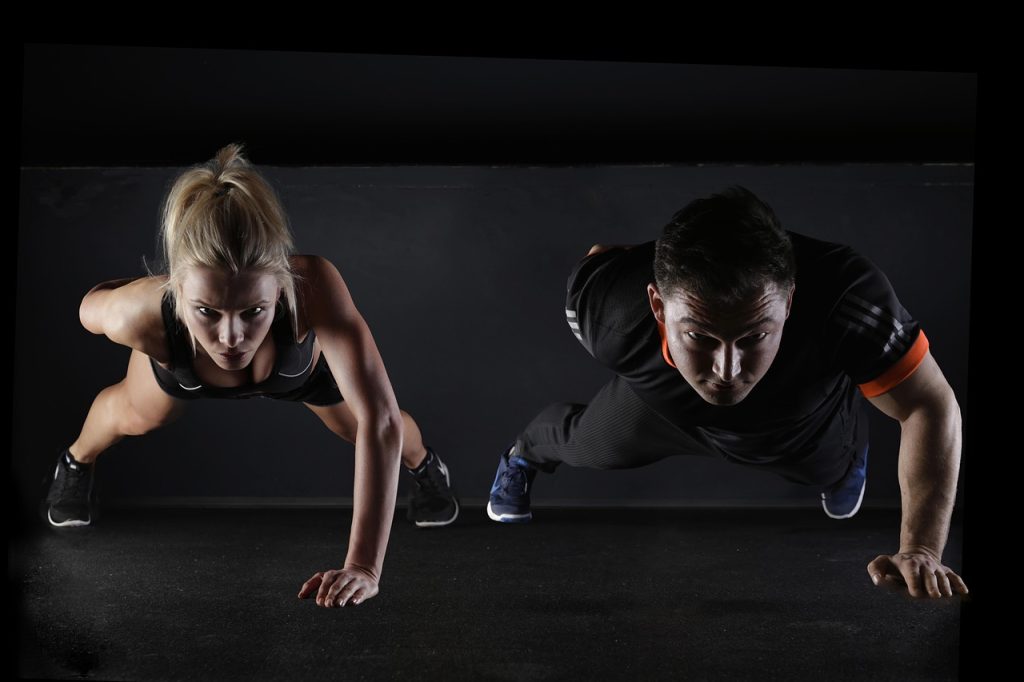
Pingback: 🔥 15 Proven Home Workout Tips for Beginners to Get Results Fast